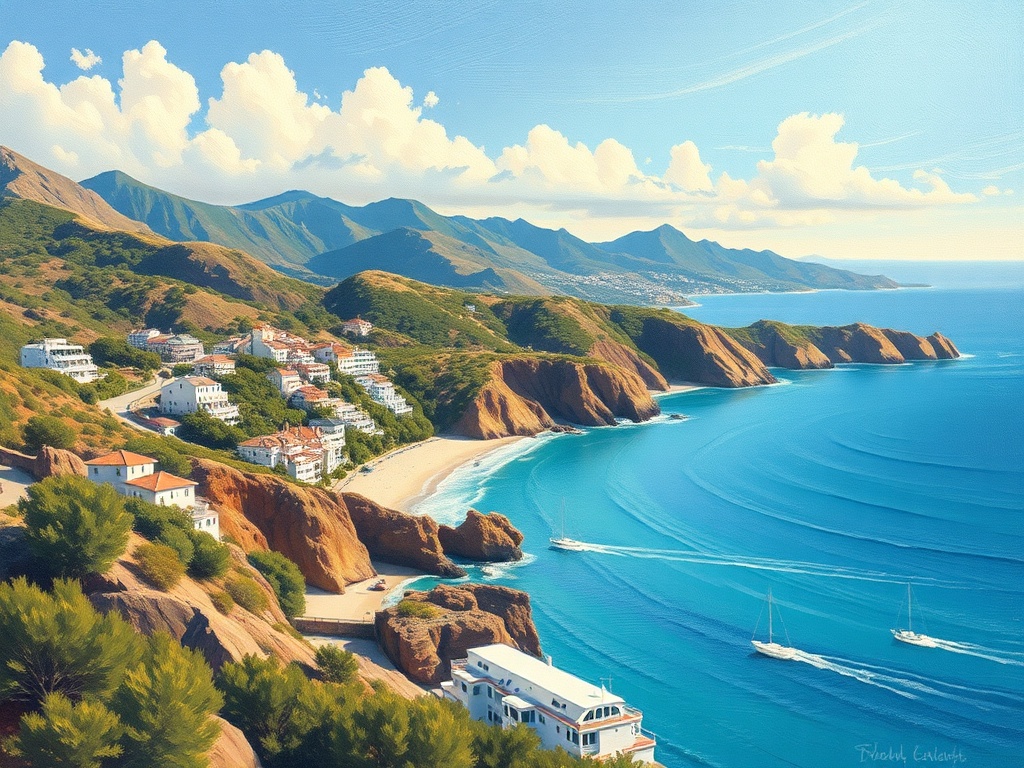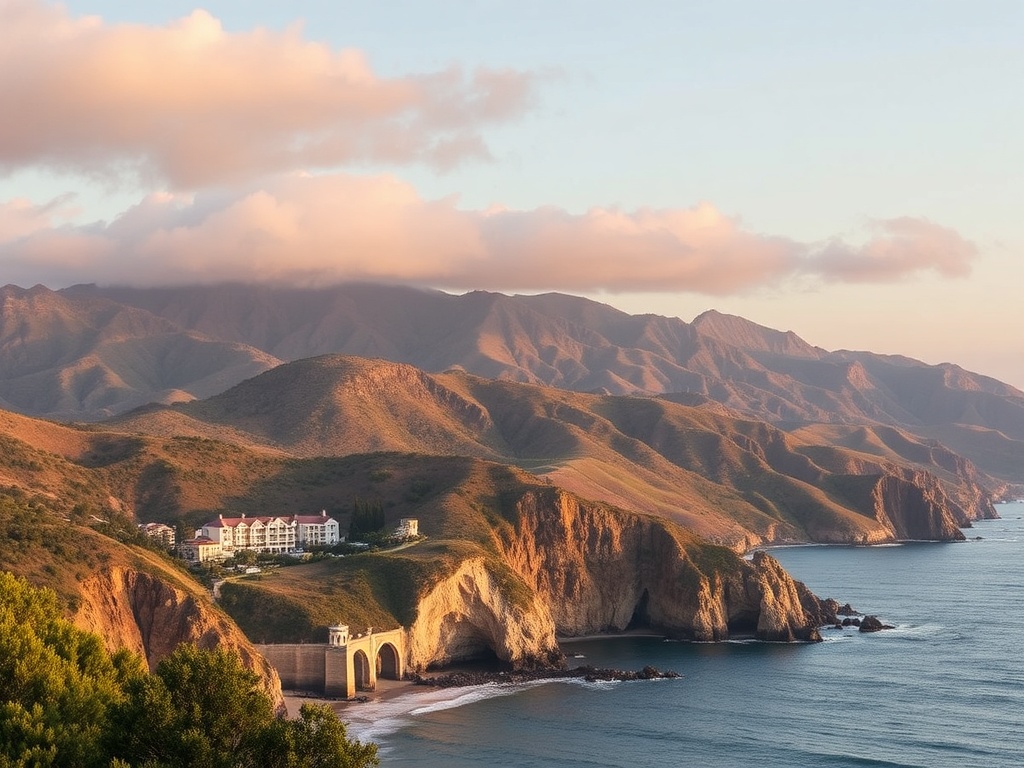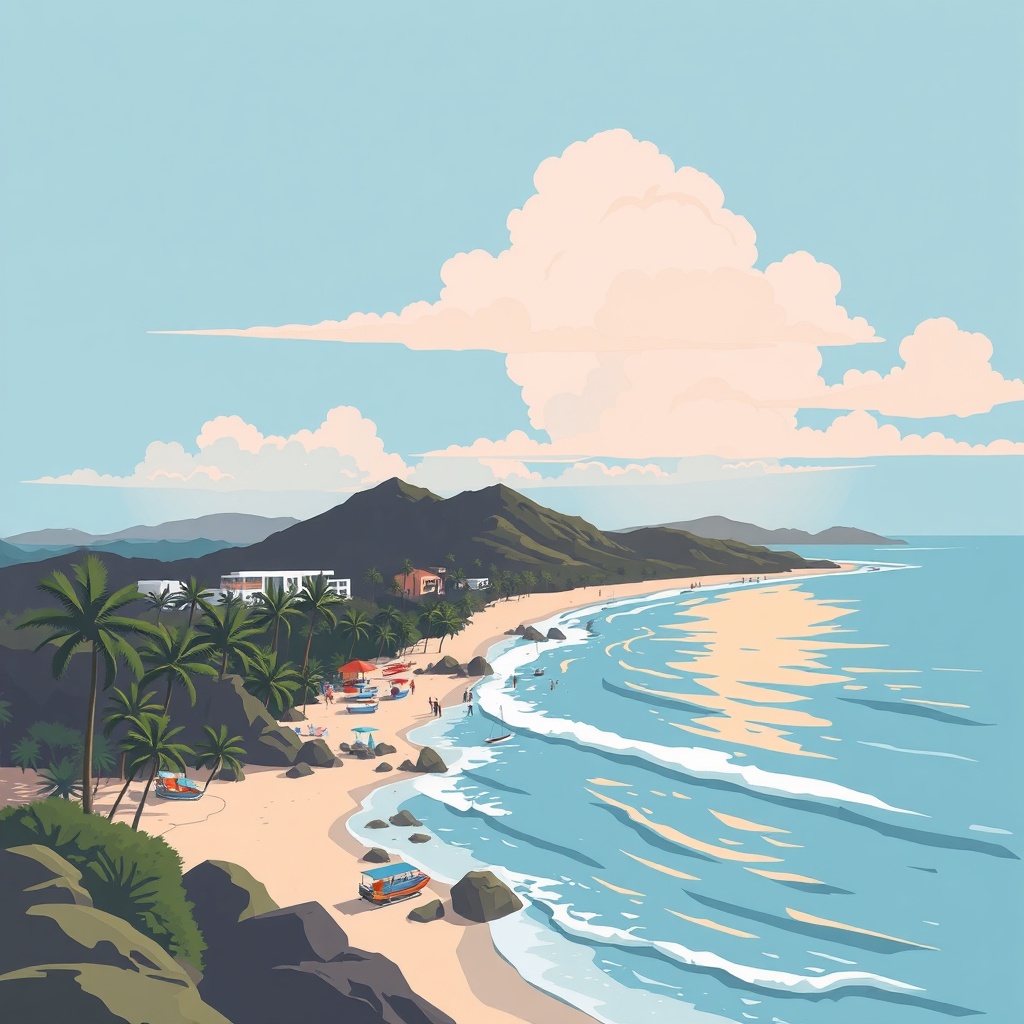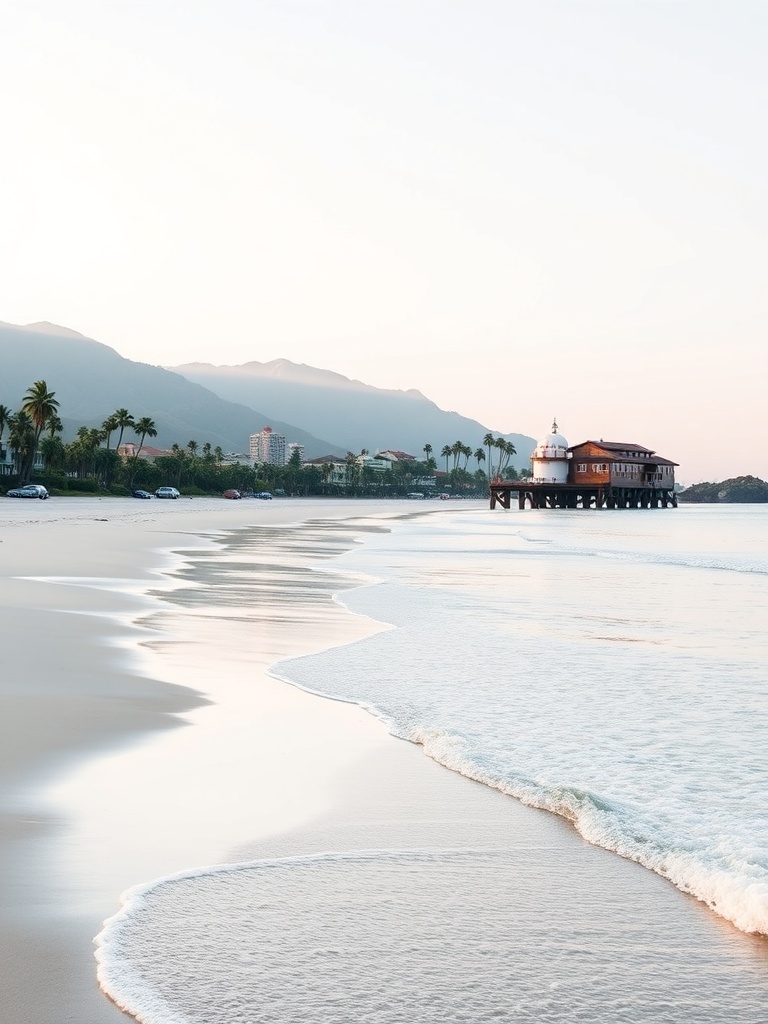Malibu blends dramatic coastal scenery, surf culture, and a commitment to preserving a fragile shoreline.
For visitors and locals alike, the city offers a mix of outdoor adventure, relaxed dining, and ongoing environmental challenges that shape how people experience the coast.
Why people come to Malibu
Malibu’s draw is simple: miles of Pacific coastline, scenic bluffs, and some of Southern California’s most recognizable beaches. Surfing remains a central part of the local identity — both for seasoned riders chasing long, peeling waves and newcomers seeking lessons at gentler breaks. Beyond the surf, beaches with dramatic rock formations, tidepools, and wide sandy stretches invite sunbathing, beachcombing, and sunset walks.
Top things to do
– Explore the beaches: Popular stretches range from wide, family-friendly sands to more secluded coves ideal for photography and tidepooling.
Parking can fill quickly on weekends, so plan for early arrival or midweek visits.
– Hike the canyons and bluffs: Trails through coastal sage scrub and oak woodland reward hikers with ocean views and native flora.
Always bring water, sun protection, and sturdy shoes — conditions can be hot and exposed.
– Visit cultural spots: Coastal wetlands and small museums highlight local natural and cultural history.
Birdwatching at lagoon areas is especially rewarding during migration seasons.
– Eat local: Seafood-forward menus, casual beachside cafes, and more elevated dining options reflect the region’s coastal ethos. Look for places that emphasize sustainable seafood and local produce.
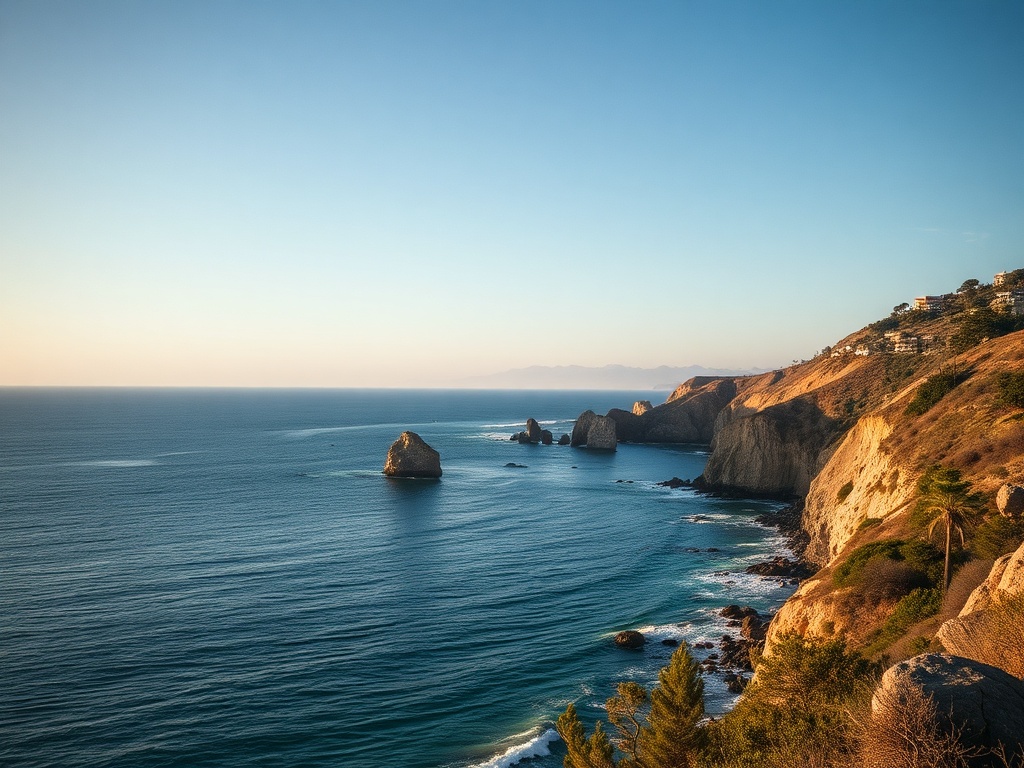
Practical tips for visiting
– Parking and access: Many popular access points have limited parking or small fees.
Rideshares and early arrival are efficient strategies.
Respect private property signs — access in some areas is restricted.
– Water safety: Strong rip currents can develop quickly. Swim near lifeguarded areas, heed posted signs, and check local tide information before entering the surf.
– Wildlife and ecology: Tidepools and dune habitats are fragile — avoid disturbing wildlife, and stick to designated paths. Dogs are welcome in some areas but must be leashed in others; follow local rules.
– Fire awareness: The coastal and canyon landscapes can be prone to rapid fire spread during dry, windy conditions. Abide by burn bans and parking restrictions, and maintain defensible space if staying in hillside properties.
Sustainability and coastal resilience
Coastal communities in the region are actively navigating shoreline erosion, sea-level impacts, and habitat restoration.
Efforts include dune and wetland restoration, sand management projects, and policies intended to balance public beach access with private property concerns. Support for local conservation initiatives — volunteer days, beach cleanups, and responsible tourism choices — helps sustain the shoreline for future visitors.
Real estate and lifestyle considerations
Malibu’s residential reputation ranges from beachfront estates to more modest canyon homes. Property considerations often include access restrictions, environmental regulations, and insurance and rebuilding factors tied to coastal and wildfire risk.
Buyers and renters typically weigh lifestyle priorities — direct beach access, privacy, or proximity to hiking and dining — along with long-term resilience measures.
Making the most of a visit
Plan for a slower pace: the area is best enjoyed by stopping at lookout points, timing hikes for cooler parts of the day, and allowing time to savor a beachside meal or a quiet sunset. Whether seeking waves, nature, or a coastal escape, mindful travel — respecting habitats, local rules, and seasonal conditions — leads to a richer experience and helps protect the landscape that makes Malibu unique.


